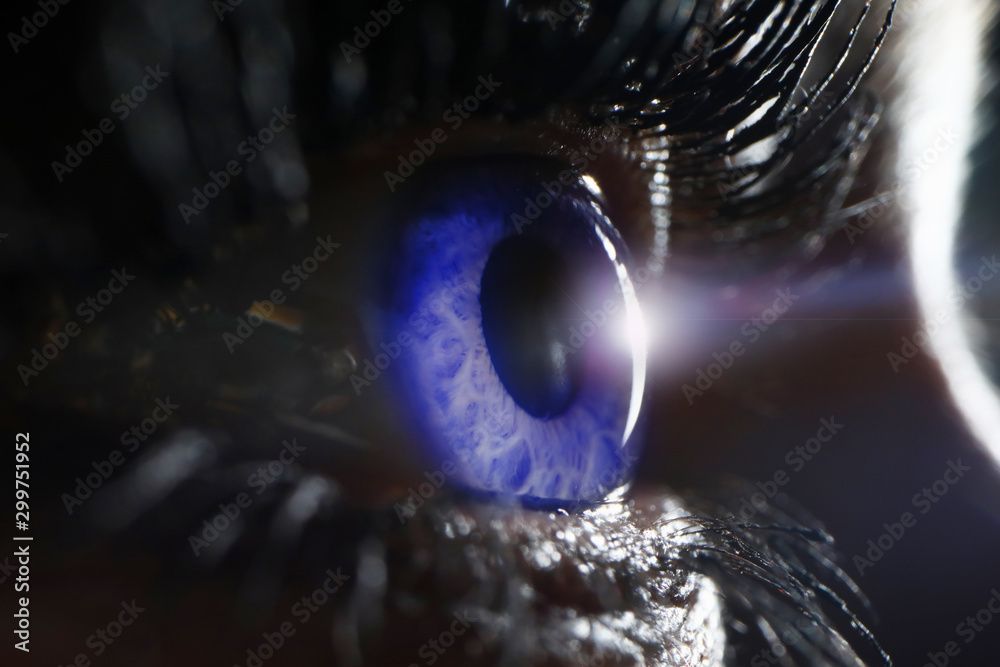The treatment options available for patients diagnosed with vernal keratoconjunctivitis (VKC) are less than adequate and these patients have higher rates of corneal complications and use more healthcare resources despite treatment, according to first author Euna Koo, MD, of Stanford University School of Medicine, Stanford, CA.
Koo and colleagues performed a retrospective database analysis to determine the disease burden of this patient population in the United States. Patient data was obtained from the IBM MarketScan Commercial Claims database; 422 patients were 18 years of age or younger (mean age, 9.4 years; 67.3% male) in 2018 and had been treated with corticosteroids or an immunomodulator compared to 1,266 matched controls aged 18 or younger who did not have a VKC and met the study inclusion criteria.
VKC data analysis
The researchers reported that patients with VKC compared to those without VKC had significantly (p
Among patients with VKC treated with a topical corticosteroid (27.3%); 15.3% of patients filled the topical corticosteroid prescription 3 or more times.
Significantly higher rates of glaucoma or ocular hypertension were observed in patients with VKC compared to those without VKC (0.5% versus 0%, p
Additionally, the average annual ophthalmology-related care costs were higher for VKC patients with VKC ($319 vs. $19, p
The results suggest that the treatment options available as of 2018 were insufficient to prevent poor disease outcomes in children and adolescents with VKC and underscore the need for more effective corticosteroid-sparing therapies. More effective and safer treatment will improve the management of VKC symptoms and complications and reduce costs for patients, caregivers and healthcare systems, the study concluded.

